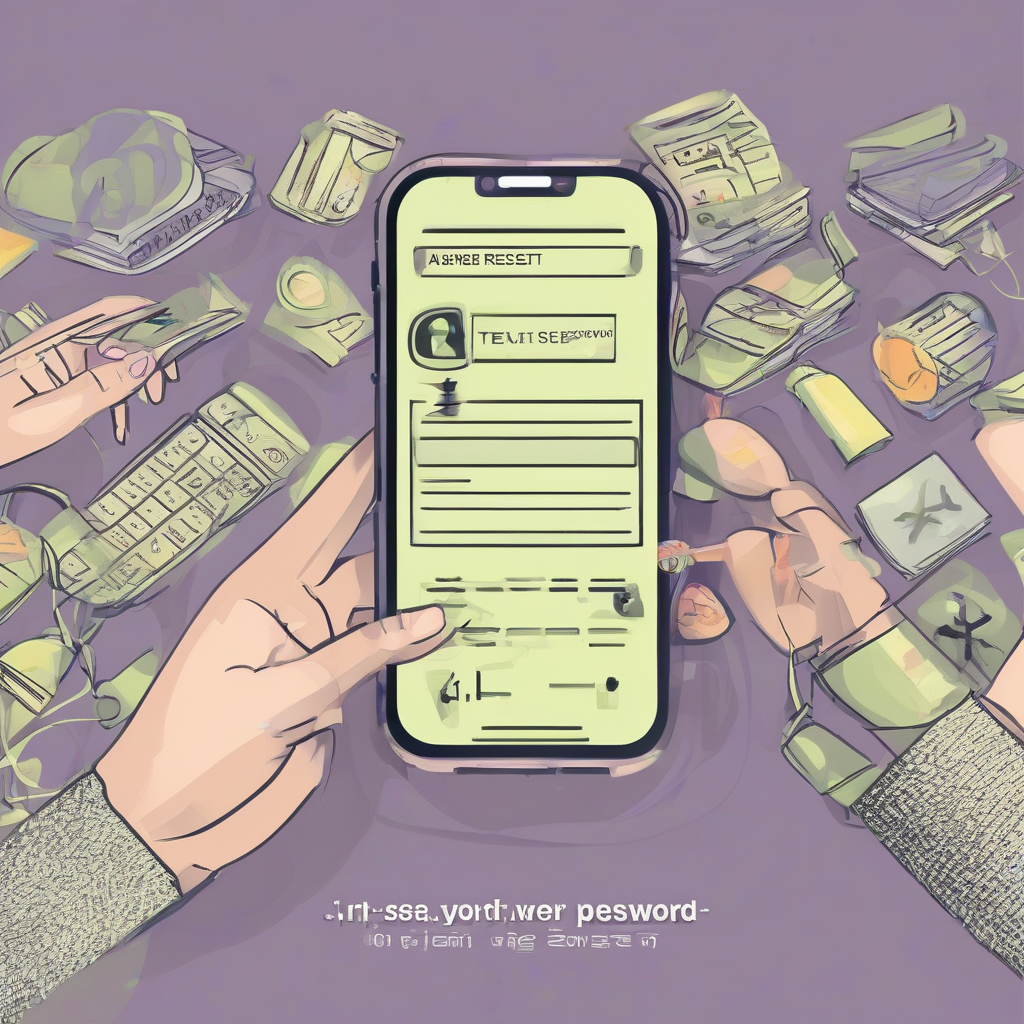Shield Your Digital Footprint: A Comprehensive Guide to Identity Protection Services

Shield Your Digital Footprint: A Comprehensive Guide to Identity Protection Services
In today's hyper-connected world, personal information is constantly vulnerable. From data breaches to phishing scams, the risks to your identity are ever-present. This comprehensive guide explores the landscape of identity protection services, detailing their features, benefits, and how to choose the best option for your needs.
Understanding the Threats to Your Identity
- Data Breaches: Large-scale data breaches targeting companies holding your personal information (e.g., credit card details, addresses, social security numbers) are increasingly common. These breaches can expose your sensitive data to malicious actors.
- Phishing Scams: Sophisticated phishing emails and websites trick you into revealing your credentials or financial information. These scams can lead to account takeover and financial losses.
- Malware and Viruses: Malicious software can infect your devices and steal your personal data, including passwords, login details, and financial information.
- Social Engineering: Manipulative tactics used to gain access to your personal information through deceptive means, often exploiting human psychology.
- Skimming: Devices used to steal credit card information when you swipe your card at a compromised ATM or point-of-sale terminal.
- Identity Theft: The fraudulent acquisition and use of a person's private identifying information, usually for economic gain.
What are Identity Protection Services?
Identity protection services are designed to mitigate the risks associated with identity theft and data breaches. They offer a range of features aimed at detecting and responding to threats to your personal information. These services act as a proactive defense mechanism, providing you with tools and alerts to protect your identity and financial security.
Key Features of Identity Protection Services
- Dark Web Monitoring: Constantly scans the dark web for your personal information, alerting you if your data appears on illicit marketplaces or forums.
- Credit Monitoring: Tracks your credit reports from major credit bureaus (e.g., Equifax, Experian, TransUnion) for suspicious activity, like new accounts opened in your name or unusual credit inquiries.
- Fraud Alerts: Provides real-time alerts about potential identity theft attempts, such as suspicious transactions or account access attempts.
- Identity Restoration Services: Offers assistance in resolving identity theft issues, including helping you contact credit bureaus, law enforcement, and relevant organizations.
- Lost Wallet Protection: Assists in canceling lost or stolen credit cards, debit cards, and other financial instruments.
- VPN (Virtual Private Network): Some services offer a VPN to encrypt your internet traffic and protect your online activities from prying eyes.
- Password Management: Helps you create and manage strong, unique passwords for your online accounts, improving your overall online security.
- Data Breach Notifications: Alerts you if your personal information is involved in a data breach.
- Device Security: Some services may include features like antivirus software or malware scanning.
Types of Identity Protection Services
- Credit Monitoring Services: Primarily focus on monitoring your credit reports for fraudulent activity.
- Comprehensive Identity Protection Services: Offer a broader range of features, including dark web monitoring, fraud alerts, and identity restoration assistance.
- Family Identity Protection Plans: Extend coverage to multiple family members under a single plan.
Choosing the Right Identity Protection Service
Selecting the best identity protection service depends on your individual needs and budget. Consider the following factors:
- Features Offered: Identify the features most important to you, such as dark web monitoring, credit monitoring, or identity restoration services.
- Coverage: Determine if you need individual or family coverage.
- Cost: Compare pricing plans from different providers to find a service that fits your budget.
- Reputation and Reviews: Read reviews and compare the reputations of different providers before making a decision.
- Customer Support: Ensure the provider offers reliable and responsive customer support in case you need assistance.
- Ease of Use: Choose a service with a user-friendly interface and easy-to-understand features.
Benefits of Using Identity Protection Services
- Early Detection of Fraud: Allows you to quickly identify and address potential identity theft attempts before significant damage occurs.
- Reduced Financial Losses: Helps minimize financial losses associated with identity theft.
- Peace of Mind: Provides a sense of security and reduces stress related to the risk of identity theft.
- Proactive Protection: Acts as a proactive measure to protect your identity from potential threats.
- Professional Assistance: Offers professional assistance in resolving identity theft issues.
Potential Drawbacks of Identity Protection Services
- Cost: Subscription fees can vary significantly, and some services may be expensive.
- False Positives: Some services may generate false alerts, which can be time-consuming to investigate.
- Limited Coverage: Not all services cover all aspects of identity theft, and some may have limitations on their coverage.
- Privacy Concerns: Sharing your personal information with a third-party service raises privacy concerns, so it’s crucial to choose a reputable provider with strong security measures.
Best Practices for Protecting Your Identity
Even with an identity protection service, it's crucial to adopt strong personal security habits:
- Use Strong Passwords: Create strong, unique passwords for all your online accounts.
- Enable Two-Factor Authentication (2FA): Add an extra layer of security to your accounts using 2FA.
- Be Wary of Phishing Scams: Don't click on suspicious links or open emails from unknown senders.
- Keep Your Software Updated: Regularly update your operating system, applications, and antivirus software.
- Protect Your Devices: Use strong passwords, and consider using a screen lock on your devices.
- Monitor Your Bank and Credit Card Statements: Regularly review your financial statements for any unauthorized transactions.
- Shred Sensitive Documents: Properly dispose of documents containing personal information.
- Be Cautious When Using Public Wi-Fi: Avoid accessing sensitive information when using public Wi-Fi networks.
- Regularly Check Your Credit Reports: Review your credit reports from all three major credit bureaus annually to detect any suspicious activity.
Conclusion (Omitted as per instructions)
What's Your Reaction?
















